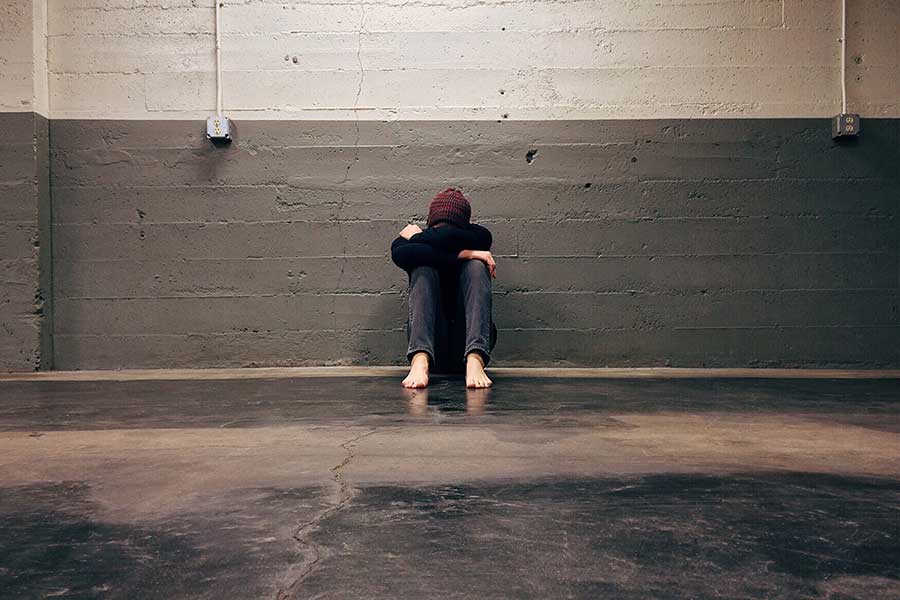
12 Jul How Resilient Thinking can Prevent Teen Depression from Setting in [Part 1]
You experience life through learning, being curious, approaching challenges, and setting goals. It’s all part of being alive but as a young person it can be tough to handle challenging situations because there are many to face for the first time. You haven’t yet built up a bank of past experiences to help guide the decisions you make. Although friends and family may lend a guiding light there are times when your emotions will take over and you may feel at a complete loss, anxious, frightened and uncertain about the outcome. Being resilient will help you to manage challenging situations and help to prevent teen depression from slipping in where it’s not wanted!
Stand up to your challenges
I have shared many tips on how you can build your resilience to become a stronger person, a more confident individual and the only way to do this is by facing challenging situations and rising up to them. You will always have challenges in life and many will be unexpected but having great resilience will enable you to handle these situations more calmly and make better, more informed decisions. Experiencing these situations shape who you are and enable you to develop new abilities.
You can then share these abilities and experiences with friends and family – even colleagues if you’ve stepped onto the employment ladder. Good friends will lend an ear to listen to your troubles and try to understand but great friends will encourage you to learn from a challenge and won’t let you wallow in negative emotions. View a challenge as a good thing. Seek them out by trying new things and testing the unknown so that you develop a richer more fulfilling understanding of life and what you want from it. Doing this will bring with it greater resilience.
This article is one of three parts because there’s a lot to cram in and it’s a topic not to be rushed. Think of this one as an easy introduction to resilient thinking and the follow up articles will introduce easy ways that you can incorporate this way of thinking into your daily life.
“Be all in or get all out. There is no halfway.”
The pillars of resilience
In order to become resilient you need to be thinking in a resilient way. Resilient thinking is just one of four pillars that you need to be successful and it impacts your life massively because it’s about what goes on between your ears!
Contrary to what you might have been told by your parents or teachers, at times, there is a whole lot more than empty space between those ears. You have the most remarkable brain and that grey matter with its 84 billion nerve cells is processing information in your head every single moment of every single day. So how old are you? Whether you’re nine years old, 19, 29 or 109 this constant processing is what goes on between the ears of every single person.
If you’re a visual learner you will want to see what I’m talking about for it to make more sense so I’d like to signpost you to a little PDF on the website called ‘Bob’. Bob is available for you to download and follow so that everything here makes a little more sense for you. If you like to learn by listening then there’s a podcast you might prefer to dip into here. And for everyone else, please continue to read J

Becoming aware of your inner thoughts
When an event occurs in the world, whether it’s your world or the wider world, it happens as an outside event – away from your inner thoughts. This could be an argument at home, an incident with your mates at the park or an event in the classroom. Whatever this event is, it did not originate from your brain. At the start of an event there is not yet a meaning or emotion from your point of view. Does this make sense?
As the event unfolds, what happens next is that you take the information from the outside event and take it inside, into your mind through your senses of sight, sound, touch, taste or smell.
Did you know?
Information coming through your senses, from the outside world and into your mind is coming at you at a rate of 2-4 million bits of information every second. Yes, you did read that correctly. That’s a huge amount of information and if you were consciously aware of 2-4 million bits every second you could literally go insane with information overload. Imagine 2-4 million toothpicks being thrown at you every single second. It would be too much for you to deal with. There isn’t time to pick even a few of the first lot up before millions more come hurtling towards you. Pretty soon you’ll be buried in toothpicks! And it’s the same with information overload. You’ll feel completely overwhelmed. And it happens. A lot.
It’s at this point you attach an emotion to the outside event taking place. It’s also the point where you have a choice about how to react. Resilient thinking will help you to manage your emotions and situation well without feeling overwhelmed.
Resilient thinking sounds like a solution to all your problems right? Well not quite but it will put you in the best place to deal with the crap that’s thrown your way. You’ll be a better person for it and you’ll rock any situation.
Grab a quick bite to eat or pause for a toilet trip and I’ll introduce you to our two minds in the next part of this blog so that you can really get to grips with how your mind works and switch on your resilient thinking button!
“At some point, you just have to let go of what you thought should happen and live in what is happening.”
Click here to go straight to part two.
Let’s Connect!
In the meantime, connect with me on social media and please do share your thoughts and ask any questions, I’m here to help you in any way I can:


No Comments